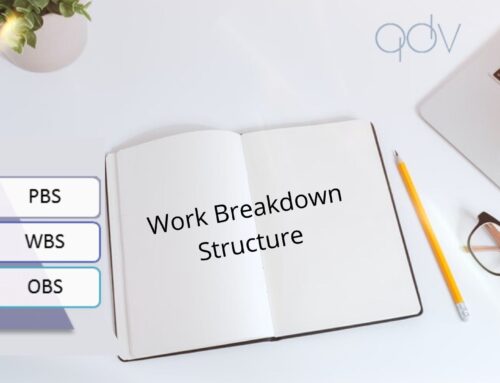A work breakdown structure is a project management software that can be used to finish big projects with lots of moving parts. A WBS can combine scope, cost, and deliverables into one tool by segmenting the project into smaller parts. Approximately 18% of private businesses in the US fail in their initial year, according to research. The main cause of this is the lack of management.
And this is the reason that companies look for various strategies to improve and streamline their operations. In order to fulfill the project needs, the Work Breakdown Structure is the software that businesses use frequently. Therefore, in this blog, we will discuss all WBS project management.
What is The Work Breakdown Structure?
A work breakdown structure is a hierarchical project management tool used to establish and manage the deliverables, milestones, and objectives of a project. A work breakdown structure should be developed and used to make your business easier to manage and more trackable.
The WBS separates the structure of a project into manageable deliverables. Each deliverable has a task or set of tasks, that can be further divided into smaller tasks to meet the needs of the project.
Why Use a WBS In Project Management?
The first level in creating a project schedule is creating a WBS. It outlines every task that must be carried out in order to accomplish the project’s goals and objectives. By using this type of project visualization, you can determine the project’s scope and allocate resources to each task.
With the use of the work breakdown structure, you can break down the project to see how everything fits together. Also, you can create a Gannt chart that clearly shows the focus and requirements for the critical path.
The following are some advantages of utilizing a WBS in your project:
- Improved interaction between team members.
- Better clarification of the outputs that must be produced.
- Improved task-specific time estimates.
- Easier critical path item identification to lower risks.
- It is simpler to determine who should perform which task.
Types of WBS
Work breakdown structures come in two varieties:
- Deliverable-Based WBS
- Phase-Based WBS
The deliverable-based approach is the most widespread and preferred method. The Elements listed in the first level of the WBS are the primary distinction between the two approaches.
Deliverable-Based Work Breakdown Structure
A performance-based WBS divides the project into project deliverables and work packages. After the first dividing the project into all of the major project scope areas as control accounts.
Phase-Based Work Breakdown Structure
The phase-based WBS displays the final deliverable at the top, with the five project phases shown at the WBS levels below (initiation, planning, execution, control, and closeout). The project phases are broken down into project deliverables and work packages, just like in the deliverable-based WBS.
How To Use a Work Breakdown Structure
There are many different applications for the work breakdown structure. The WBS is also the main resource for schedule and cost estimate activities. A hierarchical tree structure represents the WBS:
- Work Packages: Work Packages are the foundational units of each WBS branch and leg. Work packages cover deliverables-related information, including owner, milestone, services, resources, risks, etc.
- Planning Packages: Planning packages serve as a separate planning horizon for one or more future-completed work packages.
- Control Accounts: Control accounts are used to keep costs and schedules under control on projects with large budgets or when a significant portion of the cost or time is allocated to just one or two key deliverables. Typically, control accounts are created for major project components like phases and important deliverables.
Bottom Line
Finally, a WBS is a great tool for budget resource allocation, milestone identification, and project completion measurement. So, do you want a better solution for all of your projects? Don’t look any further than QDV. QDV provides the best growth assistance for your company. So, you can get in touch with Quick Devis if you’re looking for your next project.



Leave A Comment
You must be logged in to post a comment.